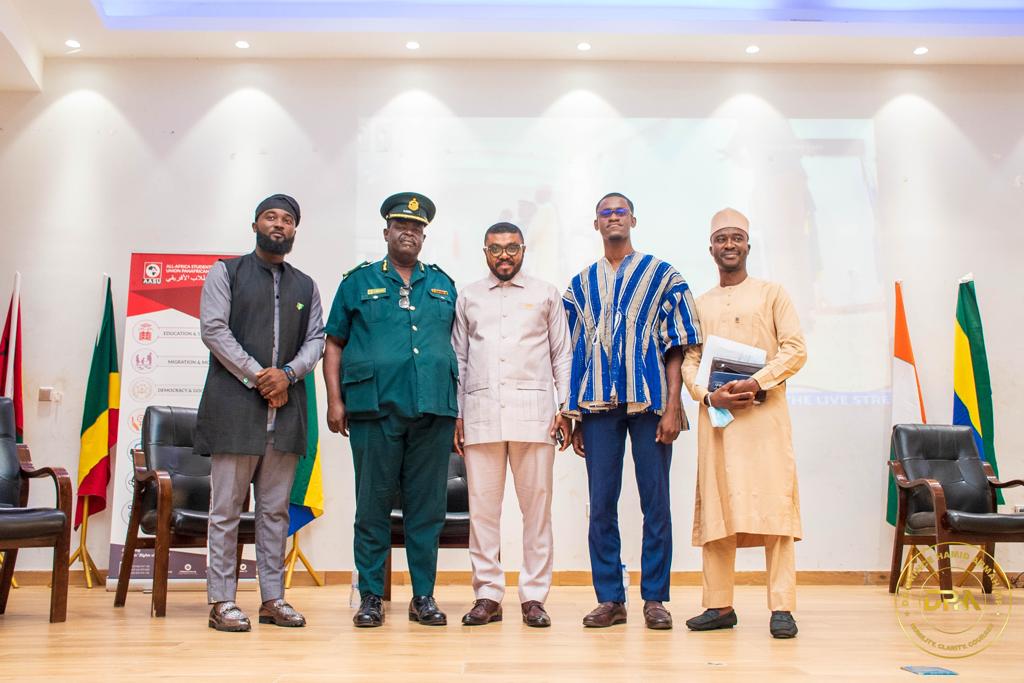India as a country is developing rapidly in terms of technology, however, over the years the country has had a very conventional approach to learning. The main form of learning that was considered credible was the traditional format of classroom sessions and for a very long time people were skeptical about adopting the e-learning format.
However, since the outbreak of Covid-19, trends in education have changed drastically across the world and in India. Due to school closures to prevent the spread of Covid-19, physical classes have moved to the digital space.
E-learning has been widely adopted by schools and educational institutions to provide continuity of learning. The biggest concern with this new structure of education is whether the learning outcomes are satisfactory or not. Thus, it is imperative to have a blended learning approach for education in India, which has become the need of the hour.
Blended learning:
A blended e-learning approach combined with classroom sessions will transform the education system in India as the trend of e-learning will continue to gain momentum in 2021.
The adoption of edtech solutions has increased significantly when looking at the numbers for 2018 and 2019 compared to 2020. The edtech segment saw a 26% increase in user visits between April 2019 and March 2020, compared to April 2018 to March 2019, according to a recent report by SimilarWeb.
Additionally, the edtech segment recorded 128.8 million visits in the first 28 days of lockdown in India, compared to an average of 102.2 million visits between April 2019 and February 2020. The level at which education has digitized over the past year echoes the importance of online learning. and the penetration of edtech solutions will only increase in the coming years.
According to a report by RedSeer and Omidyar Network India, online education offerings in the K-12 segment in India are expected to grow 6.3 times by 2022, to create a $1.7 billion market.
Online learning has erased the boundaries and barriers of conventional learning approach and it is endorsed as a credible option that can be combined with classroom learning to provide educational continuity.
Benefits of online learning:

E-learning also helps alleviate flexibility issues in education. Edtech companies are expanding their footprint across India, to ensure that students can learn from anywhere, anytime. This greatly helps students, especially at the foundational level, when students will benefit from the qualitative and scientific approach offered by online learning, which is provided by many education technology companies.
This can be combined with classroom sessions, which promotes collaborative learning, improves the student’s social skills, keeps the student stimulated, helps them develop personality skills, and also helps teachers change their approach based on identified learning gaps.
Thus, a blended approach to learning is imperative and e-learning can be an enabler of the existing education system.
Moreover, with the introduction of the New Education Policy (NEP), changing trends will combine practical and theoretical sessions, in which learning will not solely depend on a rote learning format in India .
Improve education in rural areas:
In addition, the government is actively working to improve the education system in rural areas. There are various educational programs and programs, which have been introduced by the government to support schools in rural and semi-urban areas, including programs such as Sarva Shiksha Abhiyaan and Rashtriya Madhyamik Shiksha Abhiyan.
The government also undertakes Development Impact Bonds, commonly referred to as DIB projects, to work with companies to improve the quality of education and improve student learning outcomes in rural and rural areas. social development sectors in India.
Technology plays a vital role in education and helps improve both the teaching and learning process. Today, classrooms combined with digital learning tools through innovative methods have helped increase student engagement with a personalized learning approach.
Artificial intelligence (AI) and machine learning (ML) have become an integral part of the teaching process that enables students to learn with understanding. Educators are increasingly using technologies such as gamification, augmented reality (AR), and virtual reality (VR) to increase student interest levels and ensure maximum retention.
Additionally, data-driven technology can be used to assess student understanding and identify gaps in learning through content analysis.
To conclude, technology will be a game-changer for the Indian education landscape, enabling teachers and educators around the world to deliver better learning outcomes to students remotely and in the classroom.
Article by Umesh Joshi, Director of Products and Technology, Education Initiatives.
Read: Digital divide, educator development – some of the many educational challenges awaiting our attention in 2021
To read: Online exams: a blessing or a curse?



